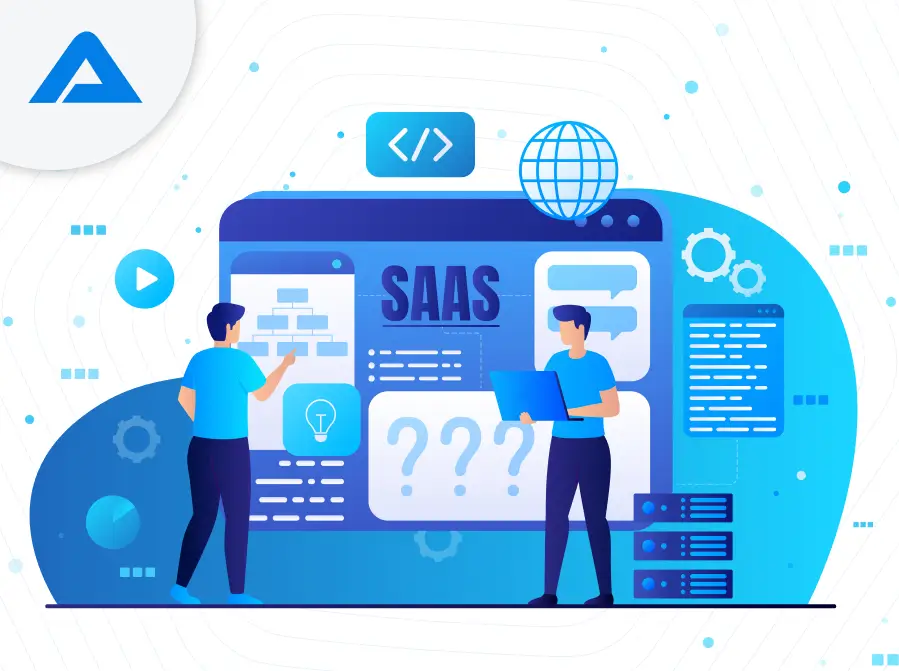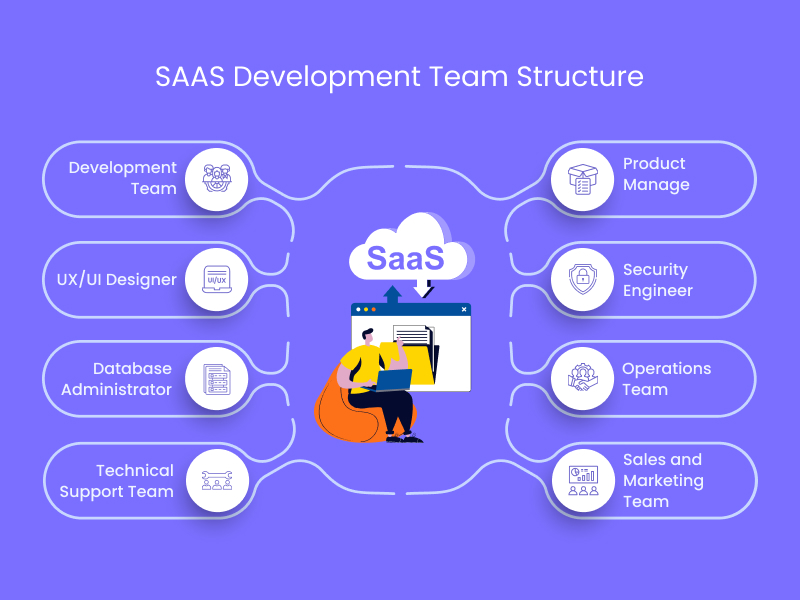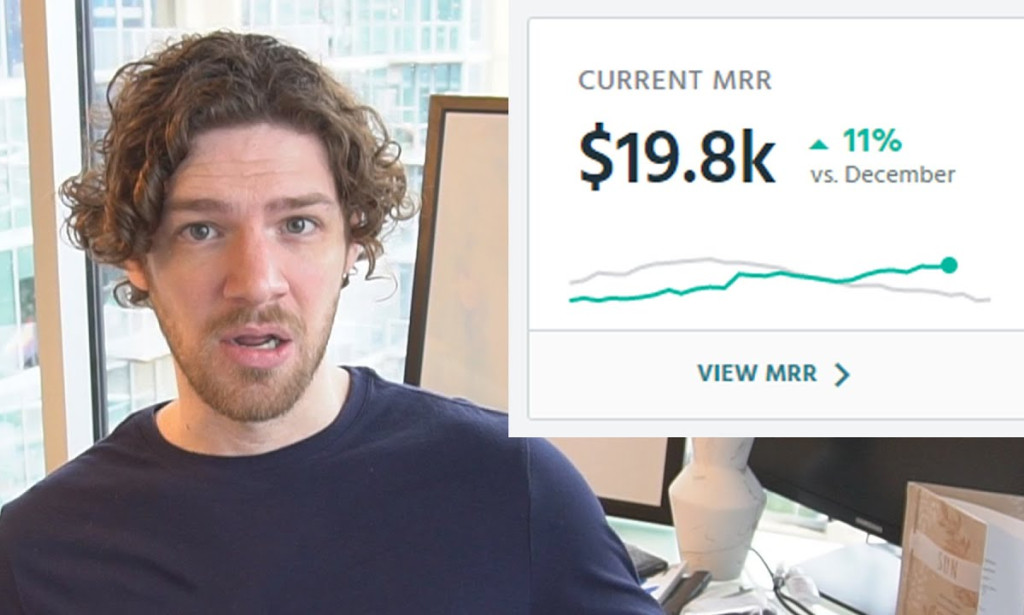Building a successful Software as a Service (SaaS) product involves a thoughtful blend of research, idea generation, validation, and strategic planning. Let's explore these crucial elements one by one.

Proper Research and Idea Generation
When building any product, especially a SaaS, the most indispensable step involves conducting thorough research. The process begins by exploring one's experiences and identifying problems you or others face regularly. The most successful SaaS products frequently emerge from personal insights into inefficiencies or gaps in current solutions. For instance, you might notice a need for improved inventory management software that offers more robust features and comprehensive reporting capabilities. Such realizations can spark the inspiration to develop a product that meets user demands.

Identifying the Need and Validating the Idea
Once you have a promising idea, validating it becomes crucial. It's vital to connect with potential users to ensure genuine demand. For example, if you're considering developing a new type of inventory management software, reach out to businesses that might benefit from it. Understanding their needs and whether they would be willing to pay for your solution prevents the disheartening scenario of building something that lacks market interest.

Validation Strategies
Effective validation strategies include offering a basic free version while developing a premium plan with enhanced features. This approach allows users to experience the value of your software before committing financially. Additionally, platforms like Kickstarter can be invaluable. Launching a campaign helps secure funding and generates early interest and feedback from potential customers. Creating an email list through personal connections and online marketing can further prepare the ground for a successful launch.

Pre-Marketing and User Feedback
Pre-marketing efforts are vital to build anticipation and gather initial user feedback. It is essential for refining your software. Consider how you will develop the software itself. Options include hiring a developer, working with freelancers or agencies, or learning to code yourself. Collaborating with a technical co-founder might be beneficial, as they can manage development while you focus on marketing, sales, and administrative tasks. The partnership's structure should ensure an equitable business split, such as 50-50.
Detailed Planning and Design
It is essential to create a detailed plan outlining all software features and their functionalities for effective development. The roadmap should guide your project from conception through to execution.

Long-term Growth Strategies
For long-term growth, leverage content marketing and SEO strategically. Begin by incorporating SEO into your plans early, even before the software development phase. You can attain this by writing relevant blog posts. It helps build a foundation that boosts your visibility in search engines over time. Combine this with targeted Google Ads to drive traffic and reach potential customers efficiently.

If you follow these steps, you can navigate the complexities of building a successful SaaS product, ensuring its launch and sustained growth.




You must be logged in to post a comment.